
Delayed Power supply schematic
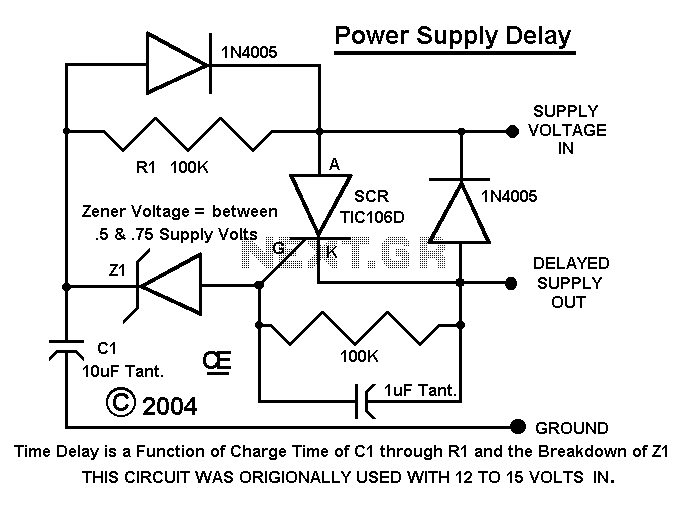
I had designed up an oscillator with a Power Output circuit. Problem was when power was applied to the entire circuit, the output of the Oscillator gave a Momentary Spike into the output circuit. Thus Driving it full on for a split second. This Circuit connected in the DC Supply to the Power amp, just gives a Tiny Delay. Not sure if it will be useful to others, But Thought I would post it anyway.
The described circuit consists of an oscillator combined with a power output stage, which is likely intended for applications requiring a controlled signal output. The primary issue noted is the momentary spike observed at the output when power is initially applied. This spike can be attributed to the inherent characteristics of oscillators, particularly when they are powered on, as they may briefly output a high voltage or current before stabilizing.
To mitigate this spike, a delay circuit or a soft-start mechanism can be integrated. This can be achieved by incorporating a time delay relay or a simple RC (resistor-capacitor) delay circuit that allows the output to ramp up gradually rather than experiencing an abrupt transition. The delay circuit can be connected to the DC supply line feeding the power amplifier, ensuring that the power amplifier does not receive the full power immediately, thus preventing potential damage from the spike.
In terms of component selection, the oscillator can be a simple 555 timer configured in astable mode or a more complex microcontroller-based oscillator depending on the frequency and stability requirements. The power output stage may employ a transistor or MOSFET to handle the higher current demands of the load.
Additionally, it is advisable to implement bypass capacitors near the power supply pins of the oscillator to filter out noise and stabilize the power supply. The output circuit should also include protection diodes to prevent back EMF from damaging the oscillator during operation.
Overall, careful consideration of component values, circuit layout, and protective measures will enhance the reliability and functionality of the oscillator and power output circuit, making it more suitable for practical applications.I had designed up an oscillator with a Power Output circuit. Problem was when power was applied to the entire circuit, the output of the Oscillator gave a Momentary Spike into the output circuit. Thus Driving it full on for a split second. This Circuit connected in the DC Supply to the Power amp, just gives a Tiny Delay. Not sure if it will be useful to others, But Thought I would post it anyway. 🔗 External reference
The described circuit consists of an oscillator combined with a power output stage, which is likely intended for applications requiring a controlled signal output. The primary issue noted is the momentary spike observed at the output when power is initially applied. This spike can be attributed to the inherent characteristics of oscillators, particularly when they are powered on, as they may briefly output a high voltage or current before stabilizing.
To mitigate this spike, a delay circuit or a soft-start mechanism can be integrated. This can be achieved by incorporating a time delay relay or a simple RC (resistor-capacitor) delay circuit that allows the output to ramp up gradually rather than experiencing an abrupt transition. The delay circuit can be connected to the DC supply line feeding the power amplifier, ensuring that the power amplifier does not receive the full power immediately, thus preventing potential damage from the spike.
In terms of component selection, the oscillator can be a simple 555 timer configured in astable mode or a more complex microcontroller-based oscillator depending on the frequency and stability requirements. The power output stage may employ a transistor or MOSFET to handle the higher current demands of the load.
Additionally, it is advisable to implement bypass capacitors near the power supply pins of the oscillator to filter out noise and stabilize the power supply. The output circuit should also include protection diodes to prevent back EMF from damaging the oscillator during operation.
Overall, careful consideration of component values, circuit layout, and protective measures will enhance the reliability and functionality of the oscillator and power output circuit, making it more suitable for practical applications.I had designed up an oscillator with a Power Output circuit. Problem was when power was applied to the entire circuit, the output of the Oscillator gave a Momentary Spike into the output circuit. Thus Driving it full on for a split second. This Circuit connected in the DC Supply to the Power amp, just gives a Tiny Delay. Not sure if it will be useful to others, But Thought I would post it anyway. 🔗 External reference
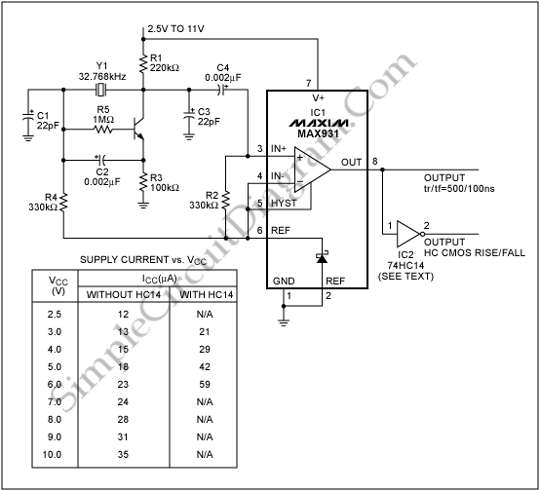
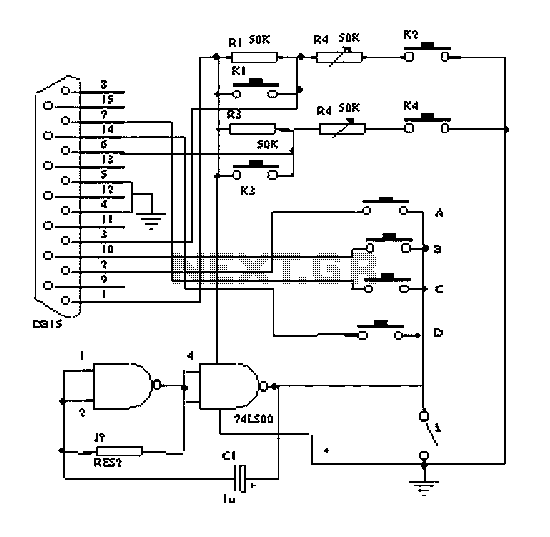
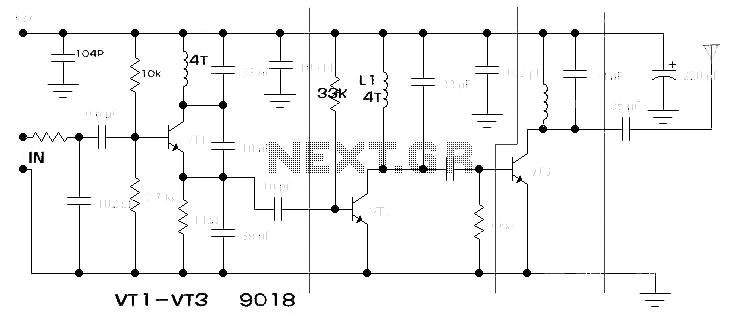
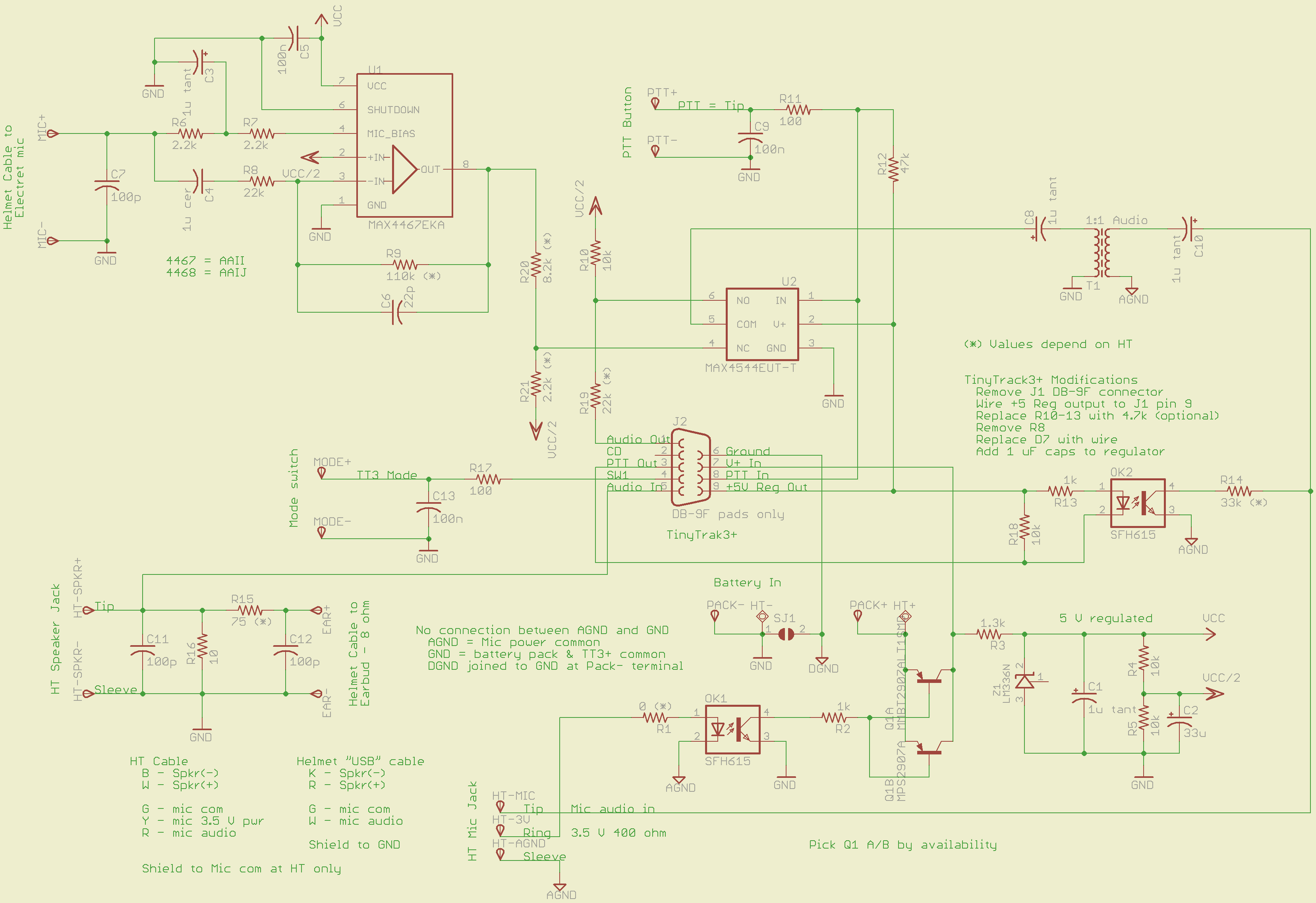

C0QBmk~%24(KGrHqIOKkIEq4M%2Bu,)1BK2zHH580Q~~_35.gif)